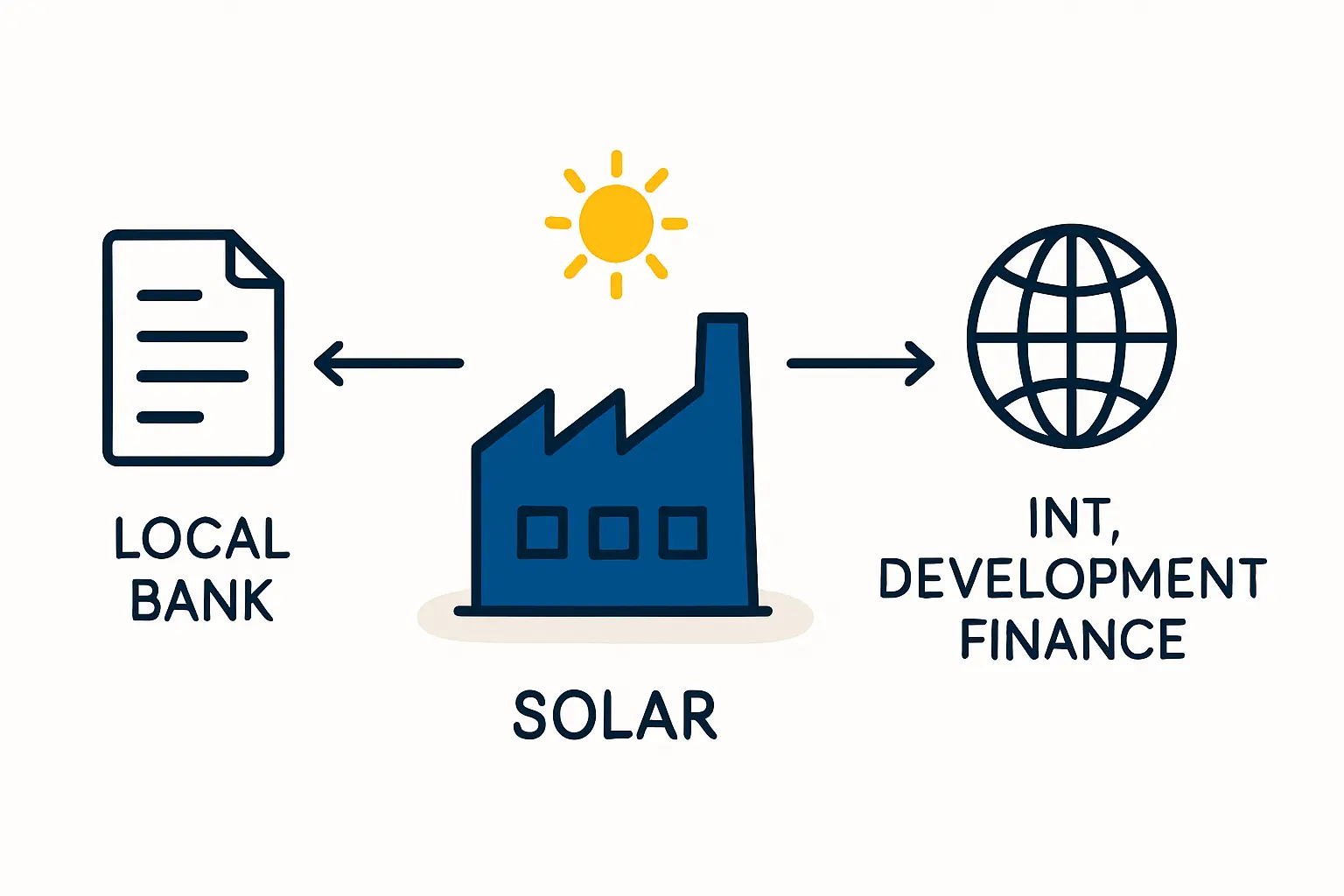Oil Prices and Energy sector trends: Market Instability
The energy sector has faced significant challenges leading to financial instability for many companies. Key issues include fluctuating oil prices, rising costs, and increased regulation, all contributing to reduced profitability and heightened financial risk.
Oil prices are notably volatile, influenced by global supply and demand dynamics. Recent trends have seen prices drop, putting pressure on energy companies’ profit margins. This volatility has led to cost-cutting measures, including workforce reductions, which have negatively impacted the industry’s reputation as a stable employer.
Increased regulation is another major challenge, with governments imposing stricter environmental standards. Compliance often entails costly investments in new technologies, further straining financial resources.
Navigating Financial Challenges in the Energy Sector trends
Despite these challenges, energy companies can adopt strategies to remain competitive. One key approach is diversifying into renewable energy sources like solar and wind. Many companies have already started investing in these areas, recognizing their long-term potential. A recent announcement from SolarBank about a new 2.9 MW solar energy project using US-manufactured panels exemplifies this shift.
Ready to make big Profits?
The solar Industry is Booming
WE HELP NEWCOMERS to the solar industry start their own solar module production line. Customers can make BIG PROFITS by selling modules and finding investors, without wasting money and time on things they don't need!
Operational efficiency is another crucial focus. By streamlining processes and reducing costs, companies can improve profitability even in a challenging market. This may involve adopting new technologies or implementing more efficient management practices.
Financial planning is essential for navigating volatility. Companies must carefully manage resources and avoid overextending themselves, particularly when oil prices are low. Prudent financial management can help ensure long-term stability.
Finally, innovation remains a critical driver of competitiveness. By investing in research and development, companies can create new products and services that meet evolving market demands. This includes exploring solutions for specific environmental challenges, such as building hurricane-resistant solar panels for regions prone to extreme weather, as discussed on pvknowhow.com.
Renewable Energy’s Growing Role in Energy sector trends
Renewable energy is becoming increasingly important in the global energy landscape. As countries seek to reduce their reliance on fossil fuels and cut greenhouse gas emissions, the adoption of renewable energy sources is accelerating. In Sweden, for example, a 250 MW solar park was approved, marking a significant leap forward for the country’s renewable energy sector.
Solar and wind power are leading the charge, with significant growth in installed capacity worldwide. Technological advancements have made these sources more cost-competitive, further driving their adoption. Floating solar projects, like the one launched in Edinburgh, are also gaining traction, particularly in areas where land is limited.
The shift towards renewables is not only an environmental imperative but also an economic opportunity. As the world moves towards a low-carbon future, the energy sector must adapt to remain relevant. Countries like the UAE are strategically positioning themselves in the solar manufacturing supply chain to enhance competitiveness, as detailed in this analysis. However, extreme weather can still impact solar projects, as noted in this report about Argentina.
In conclusion, the energy sector is at a critical juncture. While facing significant challenges, companies have the opportunity to adapt and thrive by embracing renewable energy, improving efficiency, and fostering innovation. The future of the industry will depend on its ability to navigate these challenges and seize the opportunities presented by the global energy transition.



